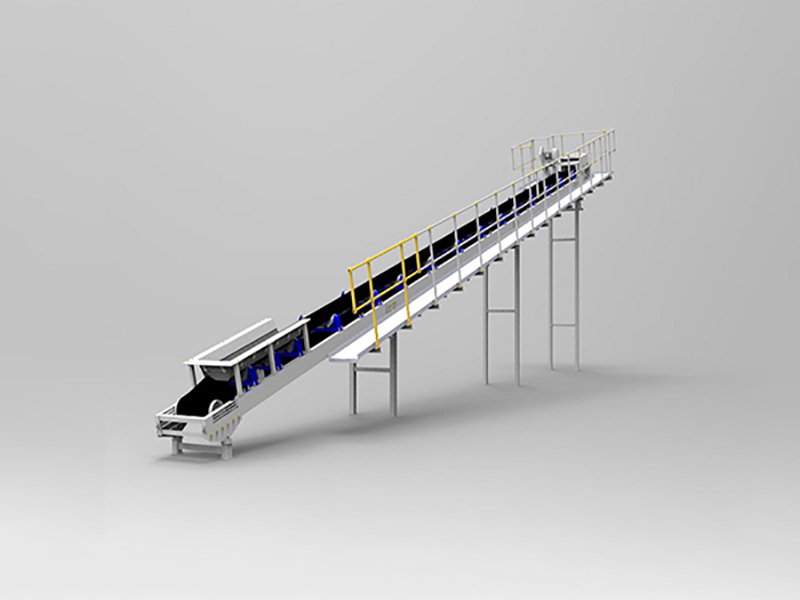The belt conveyor drum, as the core transmission mechanism of the conveying system, plays an important role in industrial production with its unique advantages and technical characteristics. However, due to various factors such as power parameters and technical conditions, the drum still faces many challenges in the design process, which limits its technological innovation and process progress.

1,、 Design Challenge of Transmission Drum
The transmission drum, as a key component of a belt conveyor, is mainly used to transmit power and torque. Due to the complex stress situation, in addition to using traditional analogy methods for structural optimization during the design process, strength verification and stress analysis calculations are also required. When optimizing the design, factors such as the transmission shaft structure, bracket, and load should be fully considered to simplify the structure and establish a reasonable stress model.
2,、 Function and problems of reversing drum
The reversing drum is mainly used to change the running direction of the conveyor belt, and can increase its rubber coating with the transmission drum by compressing the conveyor belt, effectively preventing slipping. However, in actual operation, some reversing rollers are prone to surface adhesive layer detachment, which not only affects the normal operation of the conveyor belt, but also may cause safety hazards such as belt deviation.
3、 Wear and tear phenomenon of drum and rectification measures
The wear of the drum is mainly caused by the small design gap between the drum support and the drum, as well as the longitudinal distance of the reserved holes in the civil foundation being smaller than the distance of the drum support. To solve this problem, the following measures can be taken:
Increase the longitudinal dimension of the roller bracket and connect it with the conveyor bracket to enhance its stability.
Adjust the first and second processes of the belt head drum to ensure it is in optimal working condition.
After the feeding is completed, clean the tape in a timely manner to maintain the cleanliness of the gap between the drum and the foundation.
4、 Fracture problem and countermeasures of circular weld seam in drum
The fracture of the circular weld seam of the drum is mainly caused by the propagation of cracks formed by incomplete penetration during welding. To solve this problem, the following measures can be taken:
Set the drum and disc on the docking fixture, use a jack to adjust the upper and lower positions of the cylinder skin, and ensure that the multi-point error measurement value is controlled within 1mm.
Install lead screws on both sides of the fixture, adjust the gap between the disc and the casing to 3mm-4mm, and ensure welding quality.
By implementing the above measures, the overall efficiency of the drum can be significantly improved, providing strong support for the stable operation of the belt conveyor.